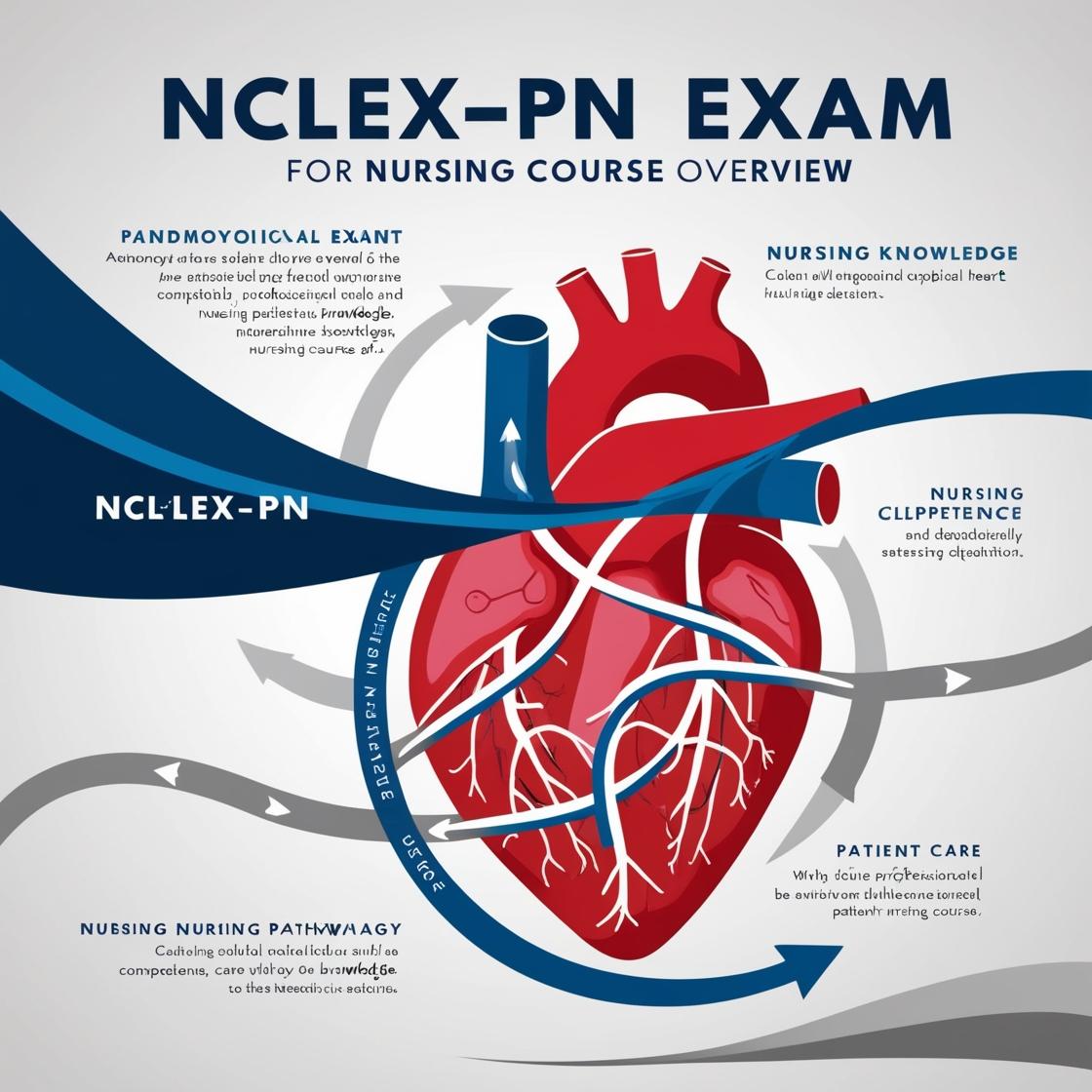NCLEX NCLEX-PN
2024 PN NCLEX Questions
1. When educating an obese client about nutritional needs and weight loss, which of the following should not be included?
- A. knowledge of food and food products
- B. development of a positive mental attitude
- C. adequate exercise
- D. starting a fast weight-loss diet
Correct answer: D
Rationale: When educating an obese client about nutritional needs and weight loss, it is important to cover factors such as knowledge of food and food products, the development of a positive mental attitude, and the importance of adequate exercise. These aspects contribute to a holistic approach to weight management. However, recommending the client to start a fast weight-loss diet should not be included. Fast weight-loss diets can be harmful, leading to health risks, nutrient deficiencies, and unsustainable outcomes. It is crucial to advocate for gradual, sustainable weight loss strategies to ensure long-term success and overall well-being. Therefore, starting a fast weight-loss diet is the least appropriate option among the choices provided.
2. How should a client's neck be positioned for palpation of the thyroid?
- A. flexed toward the side being examined
- B. hyperextended directly backward
- C. flexed away from the side being examined
- D. flexed directly forward
Correct answer: A
Rationale: The correct way to position a client's neck for palpation of the thyroid is to have it flexed toward the side being examined. This positioning helps to better access and palpate the thyroid gland. Option B, hyperextending the neck directly backward, is incorrect as it can make palpation more difficult and uncomfortable for the client. Option C, flexing the neck away from the side being examined, is also incorrect as it may obscure the thyroid gland, making it harder to palpate. Option D, flexing the neck directly forward, is not ideal for thyroid palpation as it does not provide the best access to the gland.
3. A 45-year-old client with type I diabetes is in need of support services upon discharge from a skilled rehabilitation unit. Which of the following services is an example of a skilled support service?
- A. shopping for groceries
- B. house cleaning
- C. transportation to physician's visits
- D. medication instruction
Correct answer: D
Rationale: The correct answer is medication instruction. This is a skilled service that requires specialized knowledge and training to provide proper guidance on medication management for a client with type I diabetes. Grocery shopping, house cleaning, and transportation services are considered unskilled services as they are typically offered by volunteer or fee-for-service agencies and do not require specialized medical expertise. Medication instruction, on the other hand, involves educating the client on how to properly take medications, understand potential side effects, and manage their medication regimen effectively, which necessitates a high level of expertise and training.
4. When should rehabilitation services begin?
- A. when the client enters the health care system.
- B. after the client requests rehabilitation services
- C. after the client's physical condition stabilizes.
- D. when the client is discharged from the hospital.
Correct answer: A
Rationale: Rehabilitation services should begin when the client enters the health care system to ensure early intervention and optimal outcomes. Initiating rehabilitation early can help prevent complications, improve recovery, and enhance overall well-being. Option B is incorrect because waiting for the client to request services may lead to delays in starting treatment, potentially affecting the recovery process. Option C is incorrect as rehabilitation can often commence even when the client's physical condition is not fully stabilized, as early intervention is crucial for progress. Option D is incorrect as beginning rehabilitation only after hospital discharge may not be ideal, as early intervention within the healthcare system is preferred for a more effective recovery journey.
5. What effect can medication bound to protein have?
- A. reduced drug availability
- B. limited distribution of the drug to receptor sites
- C. less availability to produce desired medicinal effects
- D. decreased metabolism of the drug by the liver
Correct answer: C
Rationale: Medication bound to protein leads to less availability to produce desired medicinal effects because only unbound drugs can interact with active receptor sites. If a drug is bound to protein, it cannot bind with a receptor site, reducing its effectiveness. Choice A is incorrect because binding to protein reduces drug availability. Choice B is incorrect because distribution to receptor sites is ineffective if the drug is bound to protein. Choice D is incorrect because metabolism does not occur until the drug is removed from the protein molecule by the liver, allowing the protein to return to circulation.

Access More Features
NCLEX PN Basic
$69.99/ 30 days
- 5,000 Questions with answers
- Comprehensive NCLEX coverage
- 30 days access
NCLEX PN Premium
$149.99/ 90 days
- 5,000 Questions with answers
- Comprehensive NCLEX coverage
- 90 days access
